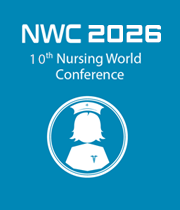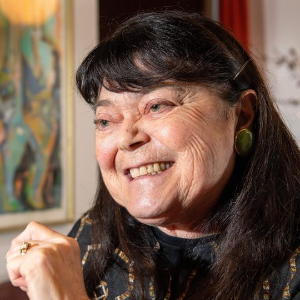Title : Nurses managing coherent patients-flows across medical sub disciplines – problems and possibilities
Abstract:
Horizontal clinical management of integrated patient flows in health care has been put on the reform agenda globally to ensure better continuity of patient care services, increased patient safety and enhancement of the professional quality of treatment.
Since 2013 the North Region of Denmark has sought to improve the coordination of patient flows through their hospitals and also between the hospitals and the primary sector. A sort of matrix structure is combining a vertical expertise based clinical department structure with horizontal managers responsible for integration of patient flows. Research of these initiatives has been conducted by the authors since 2012 and is still going on. The aim of this presentation is to describe and analyze the role of the new horizontal managing nurses in the reorganization of the university hospital.
An important part of the reorganization was to introduce a new overall management structure at the department level of the hospital. Existing specialized departments with extensive cooperation were collected in larger clinics managed by a troika consisting of a clinical director (mainly doctors) and two deputy directors (mainly nurses). One of the deputy directors is responsible for the human resources, while the other is accountable for the patient flows within their own clinics, across the boundaries of different clinics and across the boundaries of the hospital, the local communities and the primary health care.
Although it was not explicitly described these horizontal management positions were originally meant to be physicians. There was, however, a lively discussion in the hospital of whether they should be physicians or nurses but only few physicians applied for this job. As a result, six of the eight clinical departments got nurses for this position. Many physicians suddenly realized that they would be in a subordinate position to the nurses who had applied for the position. Therefore, there was a great deal of resistance from the physicians to the introduction of the managing nurses accountable for patient-flows.
The physicians had emphasized that, according to the law, they are responsible for the treatment of patients, and therefore a deputy clinical manager with a nursing background could not be accountable for patient flows.
In spite of some positive results the new managers feel that they have not been able to fulfill the great expectations that were placed on them in the new management structure/change process. There have been several barriers to their work.
It seems that the new managing nurses accountable for patient flows have been one-man armies in the battle for the visions of more coherent patient-flows. They change between optimism and despair. It is a challenge to maintain selfconfidence and motivation and to struggle to gain the trust and support of others. If the barriers to their work are to be overcome, it is necessary that they are addressed and surmounted. They simply cannot accomplish this task alone. They need more power and legitimacy in the organization to deal with these barriers.
Audience Take Away:
• Development of coherent patient processes represent a radical change, which cannot be created through the hierarchy and a one-man army. It implies a strong connection between top-down and bottom-up strategies and a very strong involvement from the professionals in action at the operating core.
• The patient-centred hospital gives priority to both expertise based and patient-centred perspectives or in other words both functional and horizontal strategies. Thus a conflict is built in the structure which must be balanced.
• How vertical and horizontal strategies can be seen in interaction.
• Possibilities and primarily problems for nurses managing across medical sub disciplines.



